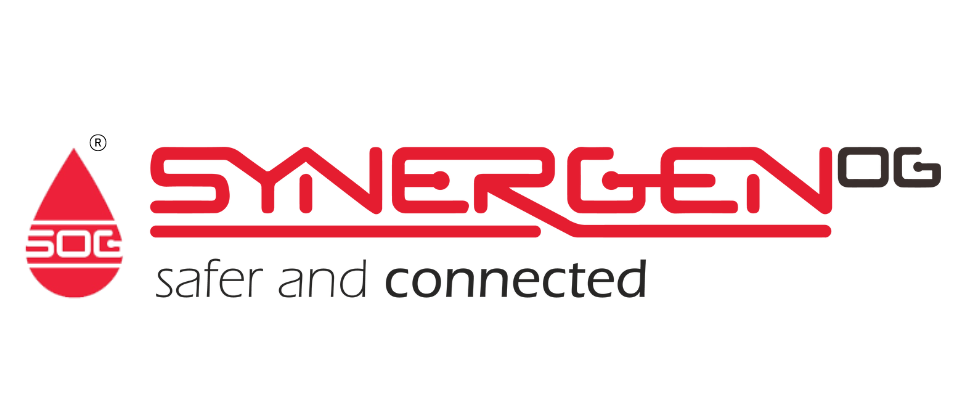
As a follow up to my previous article on strategies for better group decision making, I’ve decided to discuss an interesting piece published by McKinsey that I came across recently, which focuses on using 6 mutually reinforcing mindsets in problem solving, and discovered some exciting similarities and new ideas in the source articles that inspired these write ups. It got me thinking about how we can all improve our problem-solving skills in both our professional and personal lives.
I have never believed in the adage of “Curiosity kills the cat”, for without curiosity, humanity would not have made many profound discoveries in areas that include health sciences and technology. Nevertheless, I am more cautious with emotional curiosity compared to intellectual curiosity. Intellectual curiosity uses the mind, with motivations ranging from a genuine desire to know or discover something, to just being a ‘busy-body’. Emotional curiosity is motivated by emotions like empathy. Regardless of the motives, curiosity can lead to sound judgement when we use our mind and intellect rather than relying on emotions of the heart.
From childhood to adulthood, our thoughts are structured by multiple biases, derived from culture, family, community influences, in addition to our experience and knowledge. In my opinion, statements like keeping an ‘open mind’ is cliche. We are creatures of habit, who love security and comfort. Why, then should we challenge the status quo and do something different, when all this while, it has worked for us? Like the saying, “don’t fix something that ain’t broken”. However, knowing our limitations and tendencies is a start in rediscovering ourselves. Thus, in addition to the “5 Whys” approach, we try to use the “7 So Whats” problem solving approaches as well.
Among the six mutually reinforcing mindsets discussed is tolerating ambiguity. This is similar to an approach discussed in an article by PricewaterhouseCoopers (PwC) titled “Provid(-ing) a safe space to speak up”. In it, the writer asks us keep in mind that what is important is not seeking perfection but striving to be better. No one is perfect, we need to stay humble. We should explore all possibilities responsibly. Encourage people to voice their ideas. Generally, we would model various assumptions based on likelihood and severity or impact vs consequences. Conducting planned scenario exercises is another way to generate better solutions. Indeed, having a firm yet empathetic facilitator or team leader is essential to encourage participation, to avoid being judgmental or biased.
Taking a “dragonfly-eye view” is a nice metaphor. I would describe it as a “zoom-in, zoom-out approach”, being able to see the bigger picture as well as pertinent details. Looking outside of the box, and not constraining ourselves with prejudices.
Indeed, our adage has been “fail cheap, fail fast”. That’s a motto in the world of start-up companies. We try to incorporate both design and agile thinking approaches in our problem-solving thought processes. It can be challenging to employ such tools in their entirety if deadlines are tight, but they serve as a good starting point and building block.
Yet another approach – tapping into collective intelligence supports choosing a heterogenous group over a homogenous one. However, I wonder if management would be supportive of diversity in decision making, At SynergenOG, we usually look to our competitors and peers as a source of new ideas. It is my belief that some of the best cuisines are fusions of different ingredients and culture and that the same applies when approaching problems. It is wise to have diverse opinions to make an informed decision.
Show and tell to drive action is a fascinating way to build a positive impression and create an atmosphere of immersion on the subject matter. It triggers the emotional side in us. However, it could be misconstrued as a gimmick, if done without the necessary substance and preparation to build the case. It uses a demonstrative approach to introduce new ideas and approaches. I have been to some investor briefs where such an approach can be disastrous but in some cases rewarding. It all lies in the preparation and details.
The Greek Gang of Three – Socrates, Plato and Aristotle (a quote from Edward de Bono’s Reading on Parallel Thinking have been the significant influences in our thinking: analysis, judgement, argument, criticism. It is thus crucial to explore different moulds or models of thinking. Combining and complementing ideas from this article, the preceding one on ‘7 strategies for better group decision making,’ alongside other available tools discussed above, can only improve one’s ability to problem solve collectively and effectively.
Source : McKinsey Quarterly
_______________________________________________________
Kadam Balan is a thought leader who believes in the power of teamwork. In order to play a good part in any team, he is consistently working toward improving efficiency and strategy via courses in critical thinking, essential skills, virtual collaboration and more.

